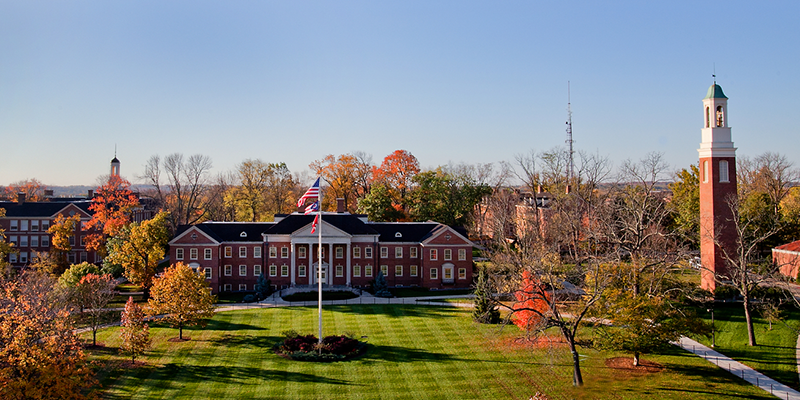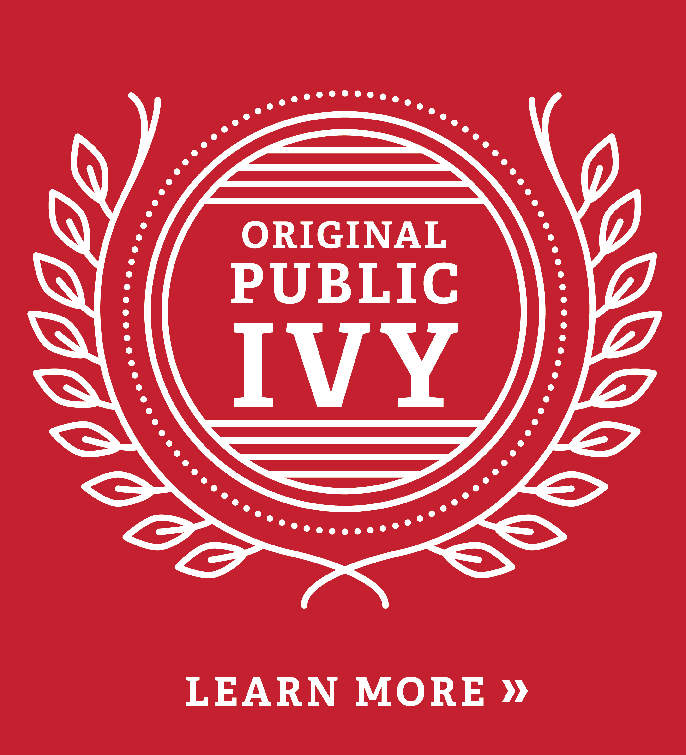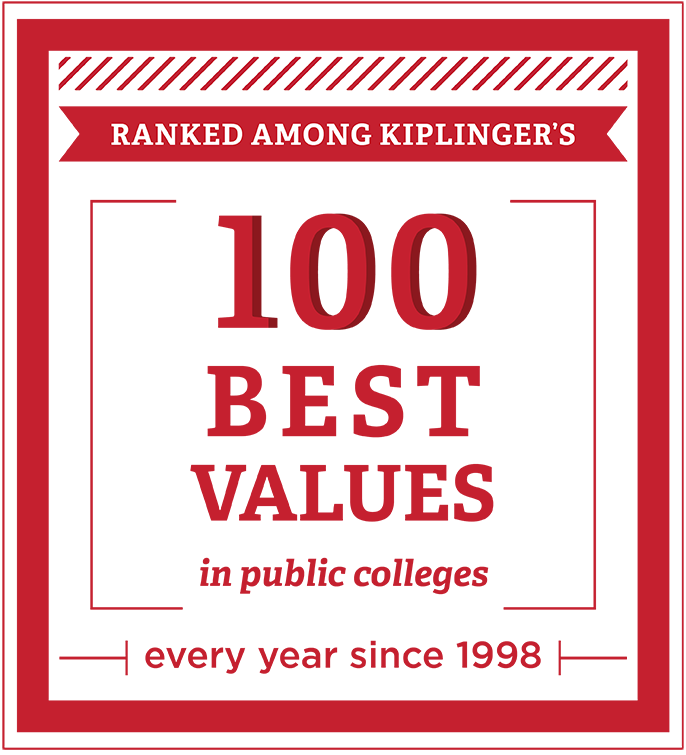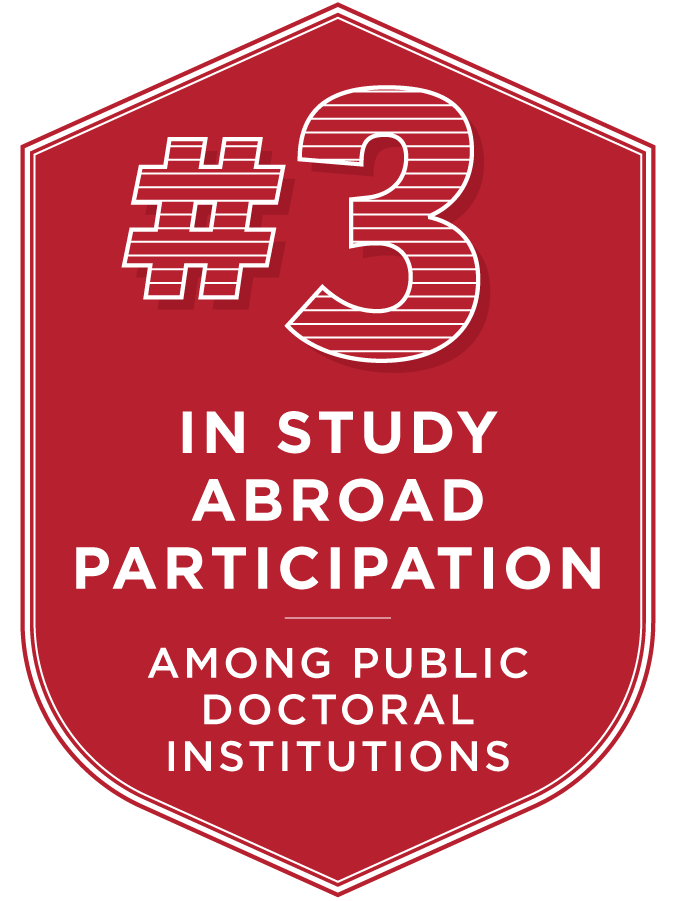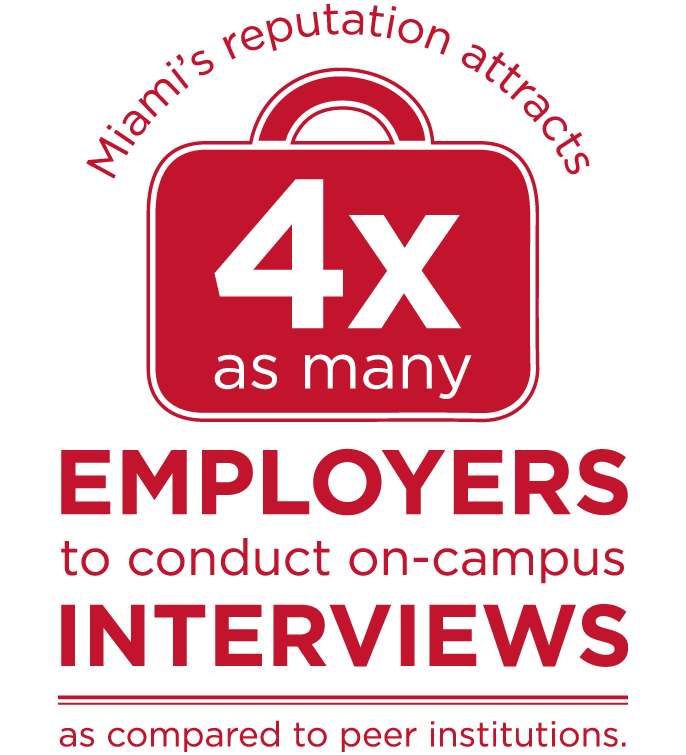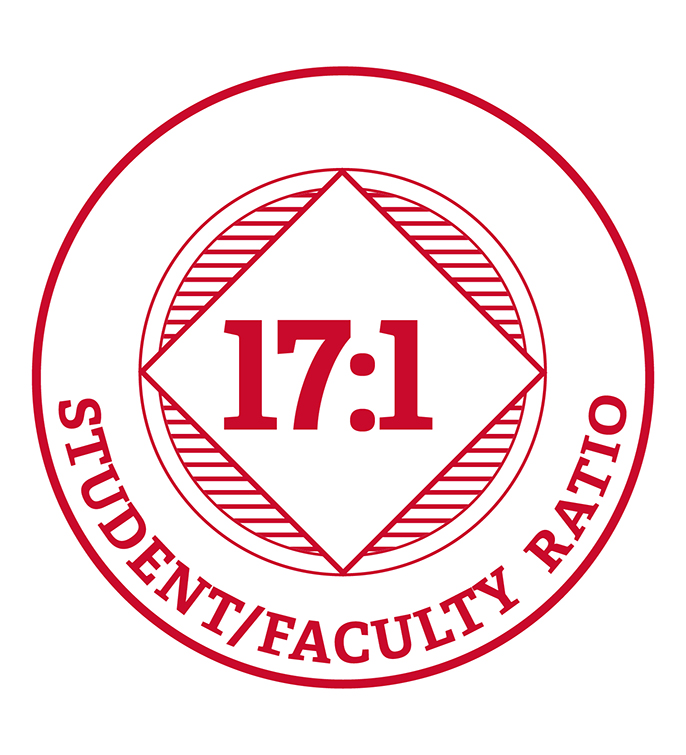Annual Address 2014
David C. Hodge
September 3, 2014
The Oxford and Regionals Campuses: Complementary and Distinct
Our mission statement is truly our compass as an institution, and the five broad themes found in our mission apply to all of Miami. Yet it is critical to understand how these broad themes play out differently on the Oxford campus and on the Miami Regional campuses. Just as the state and region benefit from having different universities to meet different needs, Miami is fortunate to have two wonderfully complementary and distinctive components that allow us to meet our broader mission more effectively in the specific contexts in which we operate.
I would like to use the remainder of my time today examining these two components, first describing the context in which they each operate and then highlighting some of the specific challenges and opportunities that each face in achieving their missions most effectively, to be the very best in meeting the needs of the populations each serves. Let me explain using the auto industry as an analogy. In the auto industry there is general competition among automakers – Ford versus Chrysler versus Toyota, etc. Yet almost all of these automakers have a line of cars that are targeted at a specific market segment based on performance, cost, purpose, and other factors. In addition to being the best overall, each automaker strives to be “best in class,” or the one who best serves the needs of a specific market segment. The Oxford campus and the Miami Regional campuses serve very different contexts, and thus, in addition to living up to the broad mission of the University we strive, like automakers, to provide the very best experience in each specific context, to be the “best in class.”
Miami Regionals
Miami has the distinction of creating the very first two regional campuses in Ohio, with the founding of the Middletown campus in 1966 and the Hamilton campus two years later. Miami Middletown was created to provide local access to higher education, a model that shaped other regional campuses established in Ohio. The focus was on lower division undergraduate courses, associate's degrees (four-year degrees were not permitted), and to a lesser extent, on relocation to the Oxford campus. The faculty and curriculum were generally an extension of Oxford departments. This profile went largely unchanged until 2008 when the Chancellor and Ohio Board of Regents altered course, making it clear that growth in associate's degrees should occur at community colleges, while regional campuses should focus on four-year degrees. We advocated for this change as it better utilizes the capabilities of our highly qualified regional faculty and, we believe, better serves the needs of the region. This altered course led to the creation of the new Division of Professional Studies and Applied Sciences with additional, though still limited, autonomy to create four-year degrees, degrees that are meant to be targeted to the specific community context that Miami Regionals serve. What is that context?
First, as it has always been, the primary focus of Miami Regionals is on place-bound students. Thus, it is nonresidential and an affordable option for four-year degrees. Many students are non-traditional and have family and/or employment obligations that constrain how much they can do at any one time and when they can do it. Second, the Miami Regionals are community-based. Just as they primarily serve regional students, so too, they are tied directly to regional employers and institutions, providing a critical link to meeting the many and varied needs of the local region. They also contribute significantly to local civic culture with guest speakers, concerts, and a host of other activities shared with the community. Third, building on the regional orientation of students and employment needs, Miami Regionals have a strong focus on providing professionally-oriented and applied degrees. While all four-year students build on the liberal arts foundation, most are seeking outcomes that are sought by potential regional employers.
Finally, Miami Regionals are access institutions. They have open admission and lower cost, making them more accessible to those of limited means and/or those whose past academic records would otherwise limit their opportunity to pursue a college education. Historically this access has been at the very heart of the Miami Regionals’ mission, and it remains a defining quality today. These qualities were beautifully and succinctly summarized in a recent full page advertisement that noted:
For area students bound by place, circumstances, or economics, Miami University’s regional locations offer exceptional education and accessible, commuter settings in Hamilton, Middletown, and West Chester.
Given this context, what are some of the challenges and opportunities that we must address for Miami Regionals to be “best in class”? First, we must find a way to offer a greater number of relevant four-year degrees that are complementary to Oxford. While the different components of Miami share the same broad mission and most certainly the commitment to the foundation of liberal arts, the Miami Regionals’ future depends on developing additional four-year degrees that are focused on professional and applied studies. This will better serve our students and reverse the trend of declining enrollment that poses significant budgetary challenges for the Regionals.
Second, we must deepen the ties with local businesses not only by graduating students with relevant four-year degrees, but also by offering targeted certificates and other programs that address a specific regional need. I recently spoke with one of the Cincinnati regional development leaders whose primary focus is bringing in new companies and expanding the size of existing companies. She emphasized that the number one concern of all these firms was the status of the work force. We have a great opportunity to serve parts of this vital regional need through what we offer and through the connections that derive from internships and other win-win scenarios that mutually benefit our students and regional employers.
Third, because of the constraints that so many of our students on the Miami Regionals face, it is important to continue the innovative work in creating more flexibility in how students take courses, from online and hybrid courses to sprint courses in addition to the traditional class-based, semester-long courses. The Miami Regionals have an especially strong record of developing online courses. There is great opportunity to tailor a variety of flexible courses that meet the specific needs of students and businesses, organizations, and institutions.
Finally, we must improve the success rate of students who enroll on the Regional campuses. We enroll a competitive profile of students in the Regionals. Yet the challenges for many of these students are great, so to be “best in class” we have to produce results that lead the pack. We need to continue to innovate, if not re-invent, how we approach both academics and student services. We need to identify and adopt best practices for dealing with at-risk students. We need to hold ourselves to high expectations and then meet those expectations. We need to be results-oriented as we endeavor to provide the best possible education for these students.

